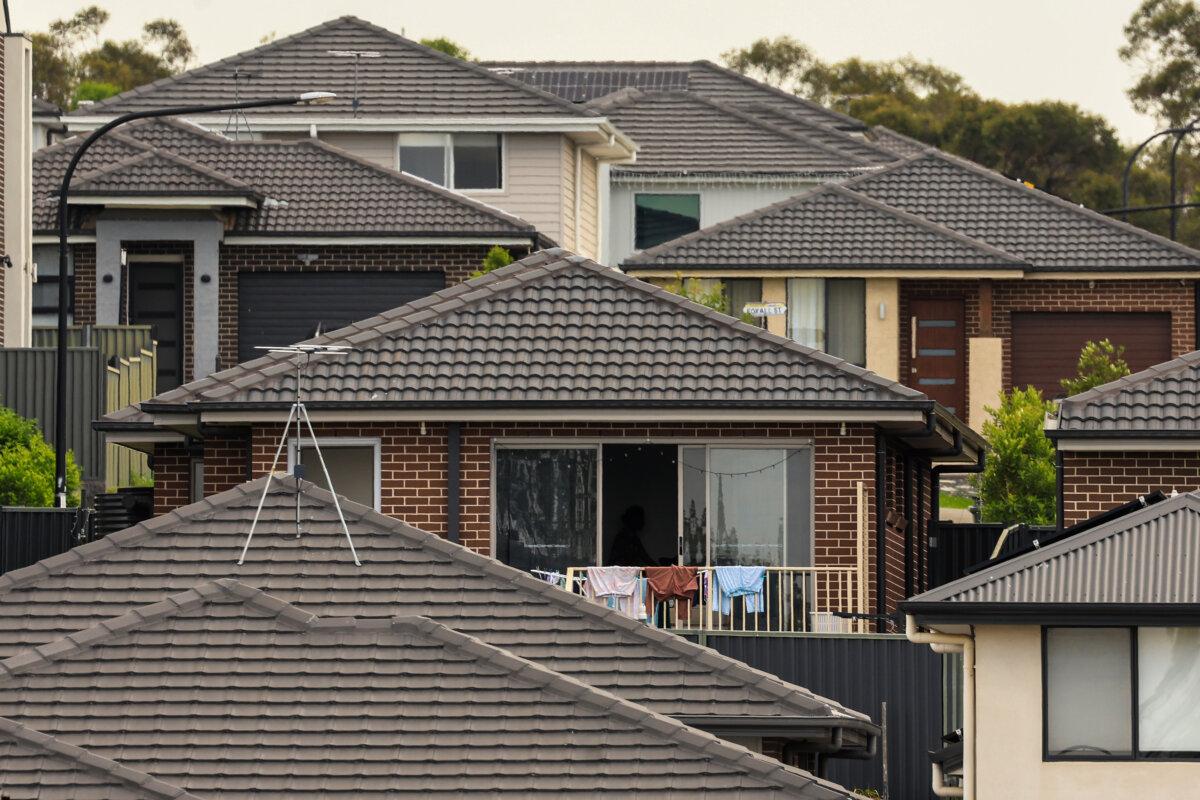Most low-income Australians are being priced out of the rental market, in some cases entirely.
Latest research into rental affordability paints a dire picture of a lack of affordability, with those on lower incomes entirely priced out in some situations.
The Anglicare Australia 2025 Rental Affordability Snapshot (pdf) surveyed 51,238 rental listings across Australia and found only 352, or 0.7 percent, were considered affordable for a person earning a full-time minimum wage.
The number of affordable properties dropped even further for those on government benefits.
Of the homes surveyed, just 0.3 percent were considered affordable for an aged pensioner, 165 were affordable for a disability pensioner, and 28 were affordable for those on Jobseeker payments.
No rentals were considered affordable for students on Youth Allowance payments.
For a family of four, where both parents are earning a full-time minimum wage, only 12.8 percent of properties were considered affordable, meaning an average family would be priced out of almost 87 percent of rentals.
For a single parent working full-time on minimum wage, the percentage of affordable properties drops to 2.6 percent.
According to Anglicare, secure and affordable housing provides a basis for maintaining steady employment, raising children, and ageing comfortably, but many Australians are now unable to achieve that basic standard.
Additionally, even though available rentals have increased from 45,000 in 2024 to 51,000 during the survey period in 2025, rents have not decreased, and in many cases have only risen higher.

Medium-density houses are seen in the western suburbs in Sydney, Australia, on Jan. 11, 2024. Jenny Evans/Getty Images)
“While supply is important, it is not the silver bullet for the housing crisis,” Anglicare said in a statement.
“Australia’s private rental system is not designed to provide affordable homes to renters, especially those on low incomes.”
Supply alone will not push prices down, according to the charity.
“Australia’s housing crisis has been building for decades, with policy settings exacerbating and incentivising the degradation of affordability,” the report said.
“The housing system is not designed to provide housing, it is designed to provide profit.”
The group says negative gearing was originally useful because it gave incentives to investors to offer lower rents to tenants.
Negative gearing is a strategy used by investors that allows them to claim back losses when the rent income is lower than the costs associated with the property.
The intention behind negative gearing was to provide an incentive for investors to charge affordable rents without being out of pocket themselves.
But groups like Anglicare say negative gearing, coupled with capital gains tax, is giving additional powers to investors to outbid everyday Australians.
Capital gains tax benefits Australian investors by giving a 50 percent discount on profits from property held for over 12 months, which lowers the amount of income they have to pay tax on.
Anglicare says governments often hold out on initiating change in the tax system because they fear what will happen if investors pull out of the market.
Analysis from the Parliamentary Budget Office shows that negative gearing deductions and the capital gains tax discount cost the Budget nearly $11 billion in foregone revenue in 2023-24.
They further estimate that over the next decade, these costs will double, costing $21.4 billion to the budget bottom line by 2033-34.
Anglicare has recommended increasing government benefits and that the government should take a more active role in providing housing.
To address the current need for social housing, 15,000 new social homes would need to be built per year, but only 3,000 are being constructed annually.
The report comes following the release of the 2025 Salvation Army Social Justice Stocktake, which revealed housing affordability was the biggest issue affecting voters in the lead-up to the May 3 election.



